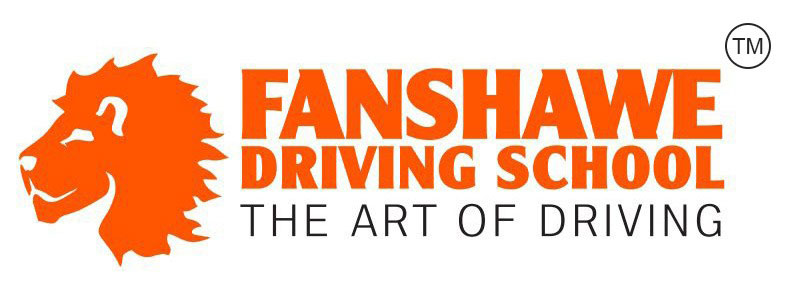Canada is a country that spans a large area, and its driving rules and regulations can vary from province to province. This can be confusing for those who are used to driving in one part of the country and then move to another. In this article, we will take a look at how driving rules differ in some of the provinces in Canada.
First, let’s look at Alberta. Alberta has some unique driving rules that are different from the rest of Canada. For example, in Alberta, it is illegal to use a hand-held cell phone while driving. This means that you cannot talk, text, or use any other hand-held device while driving. Additionally, all drivers and passengers in Alberta are required to wear seat belts. It is also worth noting that Alberta has some of the strictest penalties for drinking and driving in the country. If you are caught driving under the influence, you could face a fine, jail time, and a license suspension.
Moving on to British Columbia, we see that driving rules are similar to those in Alberta. In British Columbia, it is also illegal to use a hand-held cell phone while driving, and seat belt laws are strictly enforced. Additionally, British Columbia has a graduated licensing system, which means that new drivers must complete a series of steps before they can receive their full license. This system is designed to help new drivers gain experience on the road and reduce the risk of accidents.
In Ontario, driving rules are also similar to those in Alberta and British Columbia. Ontario also has strict seat belt laws, and it is illegal to use a hand-held cell phone while driving. However, Ontario also has some unique driving rules, such as a requirement that all drivers carry proof of insurance while driving. Additionally, in Ontario, it is illegal to drive with snow or ice covering more than 50% of your vehicle’s windshield, back window, or side windows.
Next, let’s take a look at Quebec. In Quebec, driving rules are similar to those in the rest of Canada, with a few notable exceptions. For example, in Quebec, it is mandatory to use winter tires between December 15th and March 15th. Additionally, in Quebec, the legal blood alcohol limit is lower than in the rest of Canada. If you are caught driving with a blood alcohol level of more than 0.05, you could face severe penalties, including fines, jail time, and license suspension.
Finally, let’s talk about New Brunswick. In New Brunswick, driving rules are similar to those in the rest of Canada, with a few notable exceptions. For example, in New Brunswick, all drivers are required to have a valid driver’s license, proof of insurance, and a registered vehicle. Additionally, New Brunswick has strict seat belt laws, and it is illegal to use a hand-held cell phone while driving.
In conclusion, driving rules in Canada can vary from province to province. Some provinces, such as Alberta, British Columbia, and Ontario, have similar rules, while others, such as Quebec and New Brunswick, have unique rules that drivers must be aware of. It is important to familiarize yourself with the driving rules in your province to ensure that you stay safe on the road and avoid any penalties.

